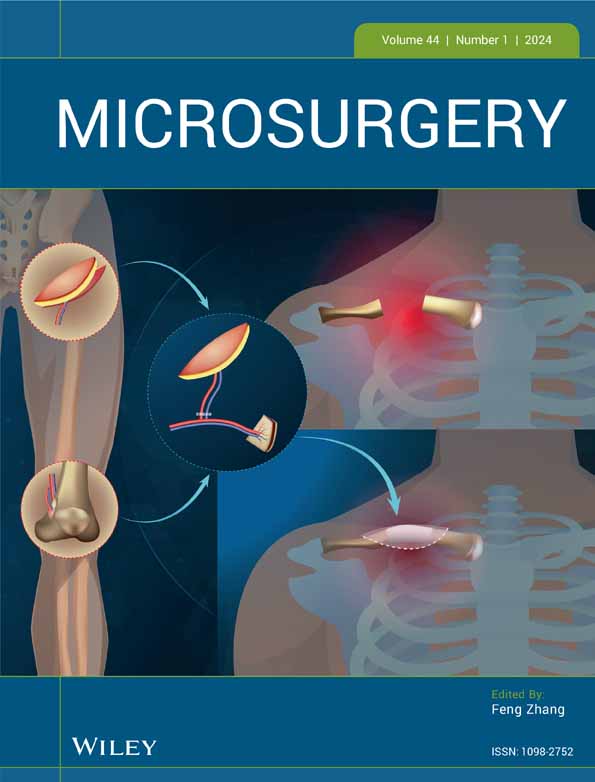Non degradation of chitosan and initial degradation of collagen nerve conduits used for protection of nerve coaptations
Abstract
Background
Nerve conduits are either used to bridge nerve gaps of up to 3 cm or to protect nerve coaptations. Biodegradable nerve conduits, which are currently commercially available, include Chitosan or collagen-based ones. As histological aspects of their degradation are highly relevant for the progress of neuronal regeneration, the aim of this study was to report the histopathological signs of such nerve conduits, which were removed during revision surgery.
Materials and Methods
Either Chitosan (n = 2) or collagen (n = 2) nerve conduits were implanted after neuroma resection and nerve grafting (n = 2) or traumatic nerve lesion after cut (n = 1) or crush injury (n = 1) in two females and two men, aged between 17 and 57 years. Revision surgery with removal of the nerve conduits was indicated due to persisting neuropathic pain and sensorimotor deficits, limited joint motion, or neurolysis with hardware removal at a median time of 17 months (range: 5.5–48 months). Histopathological analyses of all removed nerve conduits were performed.
Results
A scar neuroma was diagnosed in one out of four patients. Mechanical complication occurred in one patient after nerve conduit implantation bridged over finger joints. Intraoperatively no or only initial signs of degradation of the nerve conduits were observed.
Chitosan conduits revealed largely unchanged shape and structure of chitosan, and coating of the conduit by a vascularized fibrous membrane. The latter contained deposits taken up by macrophages, most likely representing dissolved chitosan.
Characteristic histopathologic features of the degradation of collagen conduits were a disintegration of the compact collagen into separate fine circular strands, No foreign body reaction was observed in all removed nerve conduits.
Conclusions
Both Chitosan nerve conduits have not been degraded. The collagen nerve conduits showed a beginning degradation process. Furthermore, wrapping the repaired nerve with a nerve conduit did neither prevent adhesions nor improved nerve gliding. Therefore, biodegradation in time should be particularly addressed in further developments of nerve conduits.
CONFLICT OF INTEREST STATEMENT
The authors declare that they have no competing interests, except for the fact that Thomas Kremer is an Editorial Board member of Microsurgery and a co-author of this article. To minimize bias, they were excluded from all editorial decision-making as related to this article. The authors disclose any financial conflicts of interest that may influence interpretation of this study and/ or results.
Open Research
DATA AVAILABILITY STATEMENT
The data that support the findings of this study are available on request from the corresponding author. The data are not publicly available due to privacy or ethical restrictions.




